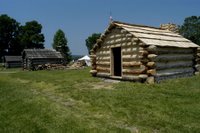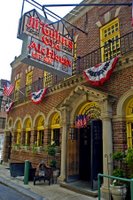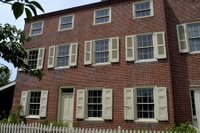Exploring Cape Cod
Well, we slogged through the rain and made it to our new home in Middleboro Massachusetts. We are just south of Boston, somewhat near Cape Cod. Since the weather was still a bit rainy and cloudy, we thought we would take the day to explore the Cape before the holiday crowds arrived.
We drove through some pretty historical areas-- no time to stop at every landmark --darn it! For instance, we drove through the town of Orleans. Did you know that on July 21, 1918 the first and only enemy shells on US soil, landed in Orleans? They were fired from a German World War I sub, U-156. Interesting.
Our next stop after that was to one of the many lighthouses in the area. This is the Nauset Lighthouse. This particular lighthouse was moved from another area to it's present location. It is an active lighthouse.
We d rove along a little further and decided to stop at one of the many Cape Cod National Seashore beaches. There are a number of them on the Atlantic Ocean side of the Cape. This adds up to miles of beautiful, sandy shoreline. Although there aren't any beachgoers in this view, we did see a number of people who "went to the beach" despite the cloudy weather. The beaches are staffed with lifeguards. Most of the surfers were wearing wetsuits and more than a few silly children were playing in the 53 degree(brrrr) water!
rove along a little further and decided to stop at one of the many Cape Cod National Seashore beaches. There are a number of them on the Atlantic Ocean side of the Cape. This adds up to miles of beautiful, sandy shoreline. Although there aren't any beachgoers in this view, we did see a number of people who "went to the beach" despite the cloudy weather. The beaches are staffed with lifeguards. Most of the surfers were wearing wetsuits and more than a few silly children were playing in the 53 degree(brrrr) water!
After a seafood lunch--some of the largest mussels we've ever  seen--we stopped at the Cape Cod Highland Lighthouse in Truro. It is the oldest lighthouse on the Cape, built in 1797. It was a favorite stop of Henry David Thoreau in the 1850's. It was here that he said,
seen--we stopped at the Cape Cod Highland Lighthouse in Truro. It is the oldest lighthouse on the Cape, built in 1797. It was a favorite stop of Henry David Thoreau in the 1850's. It was here that he said,
" A man can stand here and put all of America behind him"
It really seems like that. 20 years ago the lighthouse was moved 453 ft. back from the edge of an eroding beach cliff. It is a fully functioning US Coast Guard lighthouse.
We went to the end of the Cape at Provincetown. There we walked around some of the shops and the wharf. We went to one of the seafood markets. Look at this lobster! He weighs 9 pounds. Now that would feed a lot of people. We left this potential dinner at the market for someone with more money-- at $9 per pound he was too rich for us!
We enjoyed our drive out to the end of the Cape despite the heavily overcast skies. On the way back the fog started rolling back in. It was good to get home.








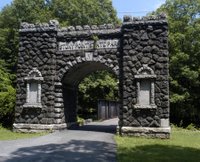
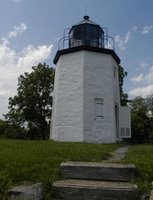

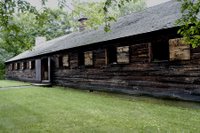
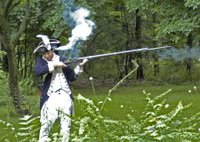
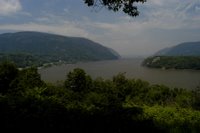







 Of note, the space where the World Trade Center was is very evident. In this photo, the smaller black building near the center is the Deustchebank. The small spire on it's right top is the the Woolworth Building. The Woolworth building was behind the Twin Towers and was not visible from NJ prior to September 11.
Of note, the space where the World Trade Center was is very evident. In this photo, the smaller black building near the center is the Deustchebank. The small spire on it's right top is the the Woolworth Building. The Woolworth building was behind the Twin Towers and was not visible from NJ prior to September 11.







